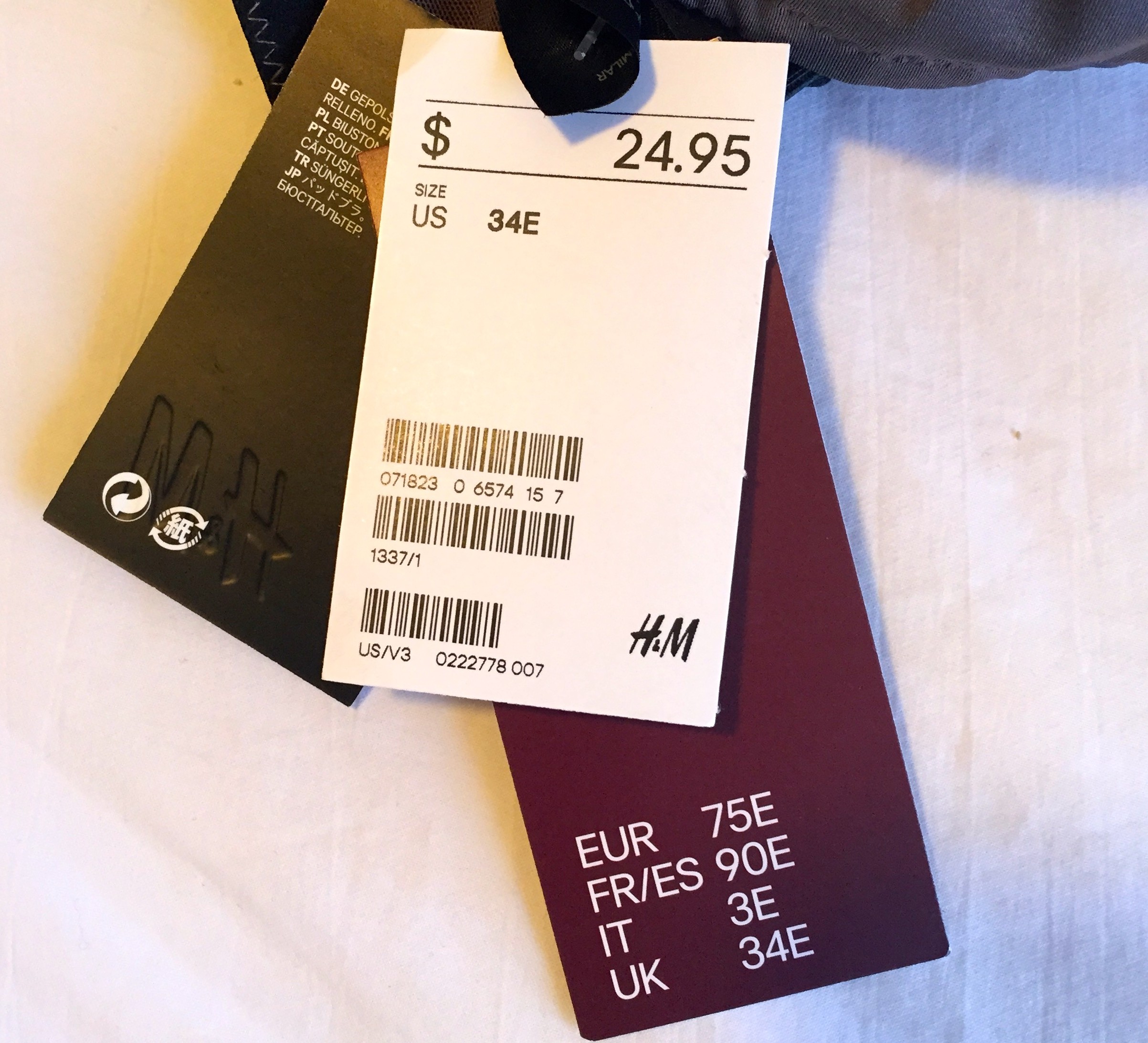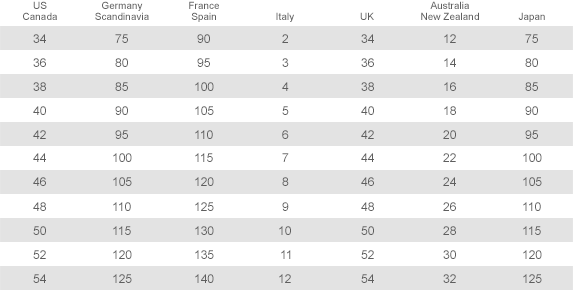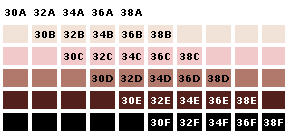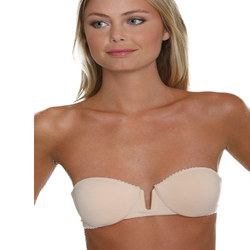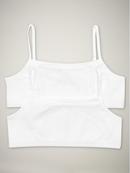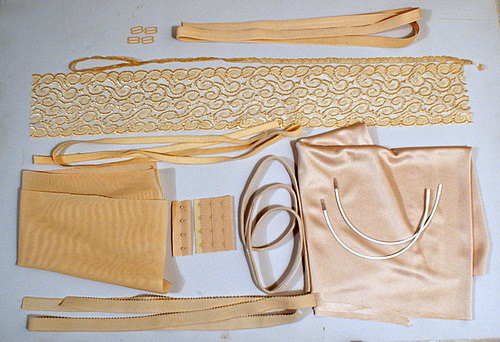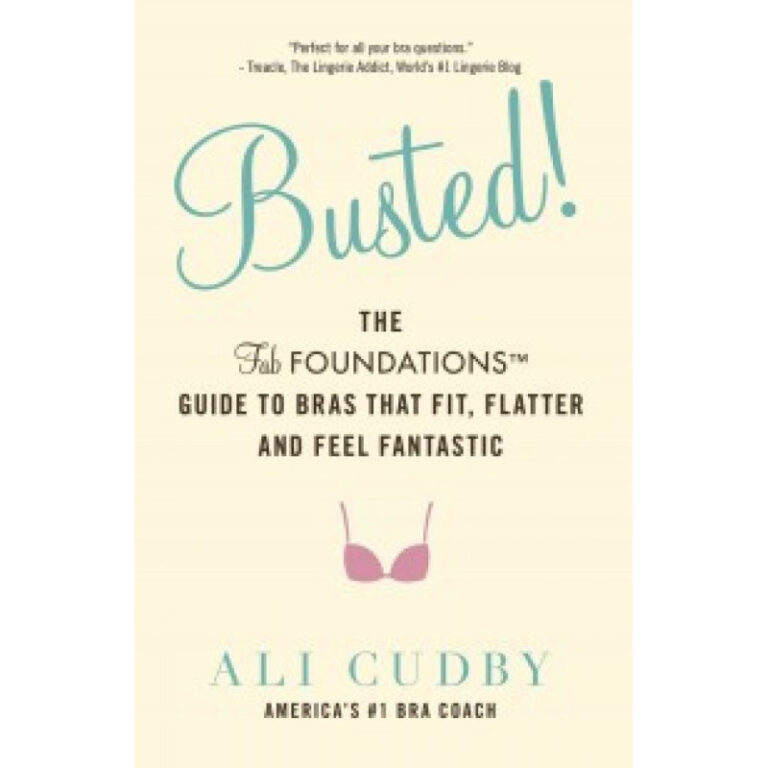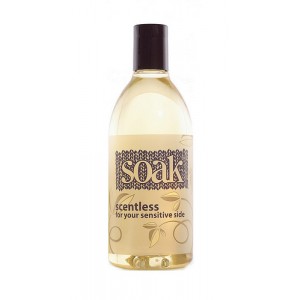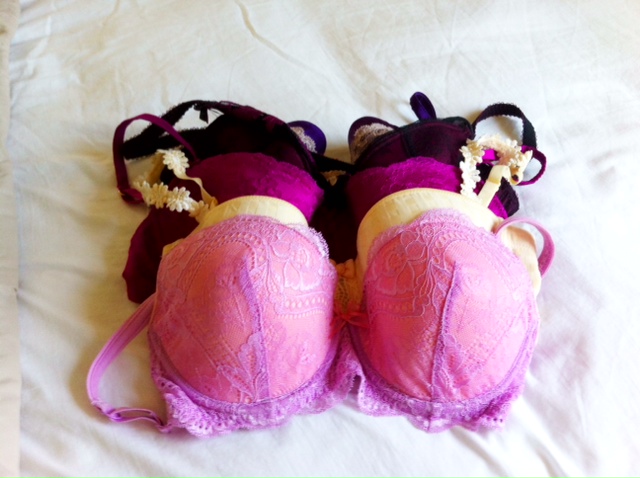Why Is Bra Sizing So F**ked Up and Can Anyone Fix It?
Why is bra sizing so complicated and confusing? That’s the question I ask myself while shopping for bras at H&M. There’s an extra layer of crazy to intimate apparel sizing, especially when it’s sold across international markets. And WTF is the only way to describe my frustration with the current bra sizing system.
Today’s version of the bra was first introduced at the turn of the century. Various bra patents appeared in the late 1890s and early 1900s. But it wasn’t until the early 1930s that the A, B, C, and D sizing system was put in place. Through the ensuing decades, new materials and designs made it possible to better meet consumer bra fit and style needs. Sizes have expanded way beyond this 80-year-old system.
In the US, you can buy bras in 28-54 bands and find cups labelled from AAA to N. Outside the US, you’ll find equivalent sizes, although they don’t always use the same number/letter combo. That’s to be expected, given that bras are designed, manufactured, and sold in many different countries. And if the bra sizing system were as simple as using an international shoe size chart, it wouldn’t be a problem for me. Here’s how band sizes stack up across the world:
Woman Within International Bra Band ChartBut bras are about more than bands. You have to figure in the cup size, and even the style and make of the bra. This peculiar measurement system causes consumer confusion in three ways:
First, the extended alphabet cup system is inconsistent. In the US, AA or AAA cup sizes are smaller than an A cup. Then you hit D cups, and the doubling of letters signifies larger sizes. But not all brands use the same letter to describe the same size. Some US brands, like Victoria’s Secret, list DD and DDD as equivalent to and E and F, respectively. Other brands string multiple Ds together rather than label bras as G or H cup sizes.
This international conversion chart copied from a well-known online lingerie retailer shows some of the problems with the current cup sizing system. (And for some inexplicable reason, there is no “I” cup in the UK. Again, WTF?)
| USA | UK | Europe | France | Italy | Australia | Japan |
| AA | AA | AA | AA | A | AA | A |
| A | A | A | A | A | A | B |
| B | B | B | B | B | B | C |
| C | C | C | C | C | C | D |
| D | D | D | D | D | D | E |
| DD or E | DD | E | E | DD | DD | F |
| DDD or F | E | F | F | E | E | G |
| G | F | G | G | F | F | H |
| H | FF | H | H | FF | FF | I |
| I | G | J | J | G | G | J |
| J | GG | K | K | GG | GG | K |
| K | H | L | L | H | H | L |
| L | HH | M | M | HH | HH | M |
| M | J | N | N | J | J | N |
| N | JJ | O | O | JJ | JJ | O |
| O | K | P | P | K | K | P |
Second, letter cups aren’t equivalent across different numbered bands. Turns out most of us can wear more than one number/letter size. Because the actual volume of the cup changes across different band sizes. This “sister sizing” is why when your band is too big, you are told you should go down a band size and up a cup size. A 32D bra cup is equivalent (in volume) to a 30E or a 34C bra size. Confused yet? This chart from an informative Butterly Collection blog post lists identical volumes for D+ bras:
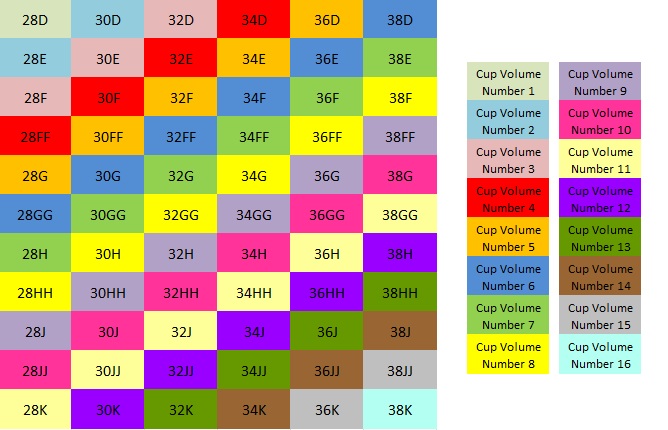 Butterfly Collection Blog — Not All D Cups Are the Same
Butterfly Collection Blog — Not All D Cups Are the Same
Third, every brand has their own method of sizing. Visit Victoria’s Secret and they measure you above and straight across the bust to come up with your “correct” size. H&M asks you for your underbust and across bust numbers. Sometimes brands tell you to add 3, 4, 5, or even 6 inches to the band size to calculate your “correct” size. Other times, they advise you to use your ribcage measurement instead. Some companies use EU to designate European or the word “International.” Others list UK and US only. Sigh.
But back to that bra I bought from H&M. The size is pretty straight-forward on the hang tag. It’s a US 34E (which I know is equivalent to a US 34DD), right?
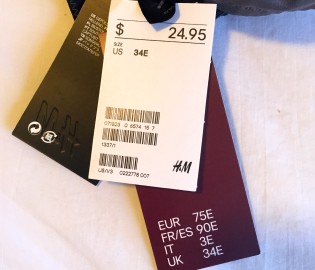
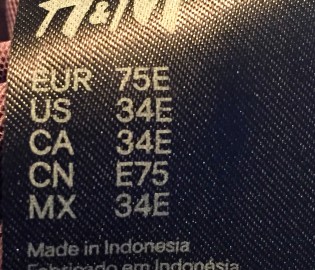
Except below the tag it also says the bra is a UK 34E, which could be a US 34F. Then I look on the tag sewn into the bra and it gives me the US 34E again. I turn to Victoria’s Secret for some help and I find an International 75E is the same as their 34DDD. But wait, a US 34E is equal to a 34DD. When I go to the H&M website for sizing direction, there’s no mention of international sizing. However, I do find this chart:
H&M Bra Size GuideAnother box right next to this one explains how if your band is too tight you’ll want to move up and down the chart vertically to find a more suitable sister size. But right below is this sentence: “The sizes with the same color have the same cup size.” Yes. That makes things crystal clear. WTF?
Bra sizing problems are further complicated when one company attempts to solve the dilemma for all consumers. (Anyone remember Jockey’s revolutionary new sizing system?) No one brand is in the business of making all the possible number/letter and style combinations available. One online intimate apparel retailer now assists confused customers with the help of their own “universal” sizing system, which applies to multiple brands.
Even if these bra sizing issues were resolved tomorrow, I’d still have to try on a bra to know whether the specific style fits my breasts. That H&M bra turned out to be more an E than an F (at least for my unique boobs). But I do think something could be done to streamline the confusion and complexity of the current bra sizing system. If nothing else, the industry should let us know that there’s more than one “right size” when shopping for bras.
What’s your view? Do you think the bra industry could do a better job sizing bras and other lingerie? Should everyone adopt the same letter/alphabet system or language? Do you use international conversion charts?
Featured Image: The Breast Life

